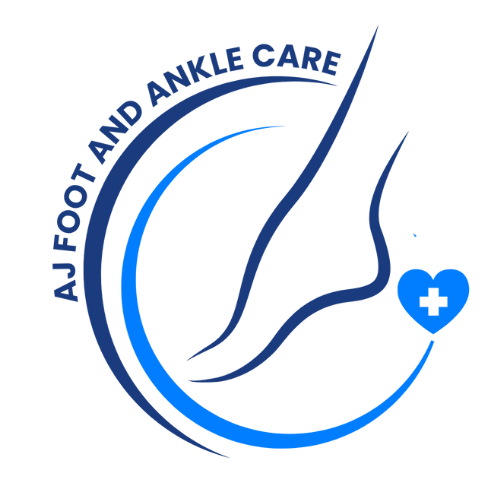Ingrown Toenails
An ingrown toenail occurs when the edge of the toenail grows into the surrounding skin, causing pain, swelling, and sometimes infection. This condition most commonly affects the big toe, and while it may start as a mild irritation, it can quickly become a serious concern if not properly treated. Fortunately, ingrown toenails are easily managed with the right care and attention.
What Causes Ingrown Toenails?
Several factors can lead to ingrown toenails, including:
-
Improper nail trimming, especially cutting the nails too short or rounding the edges
-
Wearing tight shoes or socks that put pressure on the toes
-
Toe injuries, such as stubbing or dropping something on the foot
-
Nail deformities or naturally curved nails
-
Repetitive stress from sports or physical activity
-
Fungal infections that cause thickening or shape changes in the nail
Some individuals are more prone to developing ingrown nails due to inherited nail shape or foot structure.
Symptoms
Common signs and symptoms of an ingrown toenail include:
-
Pain or tenderness along one or both sides of the nail
-
Redness and swelling around the nail border
-
Warmth or throbbing in the toe
-
Pus or drainage if infection is present
-
Overgrowth of skin around the nail
Symptoms may begin gradually but can worsen quickly if the area becomes infected.
When to Seek Treatment
You should schedule an appointment if:
-
The pain is persistent or worsening
-
There is any sign of infection, including redness, drainage, or foul odor
-
You have diabetes, poor circulation, or a condition that affects foot healing
-
You experience repeated ingrown nails
-
At-home care is not providing relief
Prompt treatment can prevent further complications and help you return to normal activity without discomfort.
Treatment Options
Mild Cases
For early-stage or mild ingrown toenails, your provider may recommend:
-
Soaking the foot in warm water to soften the skin
-
Applying topical antibiotic ointments
-
Wearing open-toed or loose-fitting shoes to relieve pressure
-
Proper trimming techniques to prevent recurrence
Moderate to Severe Cases
If the nail is infected or causing significant pain, in-office procedures may be needed:
-
Partial nail removal: The ingrown portion of the nail is carefully removed under local anesthesia.
-
Permanent nail correction: In recurrent cases, the root of the nail may be treated to prevent the problem from returning.
-
Wound care and antibiotics: If infection is present, oral antibiotics may be prescribed along with proper wound care.
These procedures are quick, safe, and performed under local anesthesia, allowing most patients to return to normal activity within a day or two.
Preventing Ingrown Toenails
You can reduce your risk of developing ingrown toenails by following these tips:
-
Trim your nails straight across and avoid cutting them too short
-
Do not round the corners of your toenails
-
Wear properly fitting shoes with enough room in the toe box
-
Keep your feet clean and dry
-
Avoid trauma to the toes during sports or physical activity
-
Seek prompt treatment for any toenail injuries or fungal infections
About Dr. Mansoori
Dr. Jasmin Mansoori is a board-certified podiatrist known for her compassionate approach, clinical expertise, and commitment to delivering thoughtful, patient-centered care.
Quick Connect
office@ajfootanklecare.com
469-398-1972
737-247-7483
2301 Ohio Dr., Ste 182
Plano, TX 75093
Office Hours
Mon-Fri : 9AM – 5PM
© 2025 AJ Foot and Ankle Care. All rights reserved.
